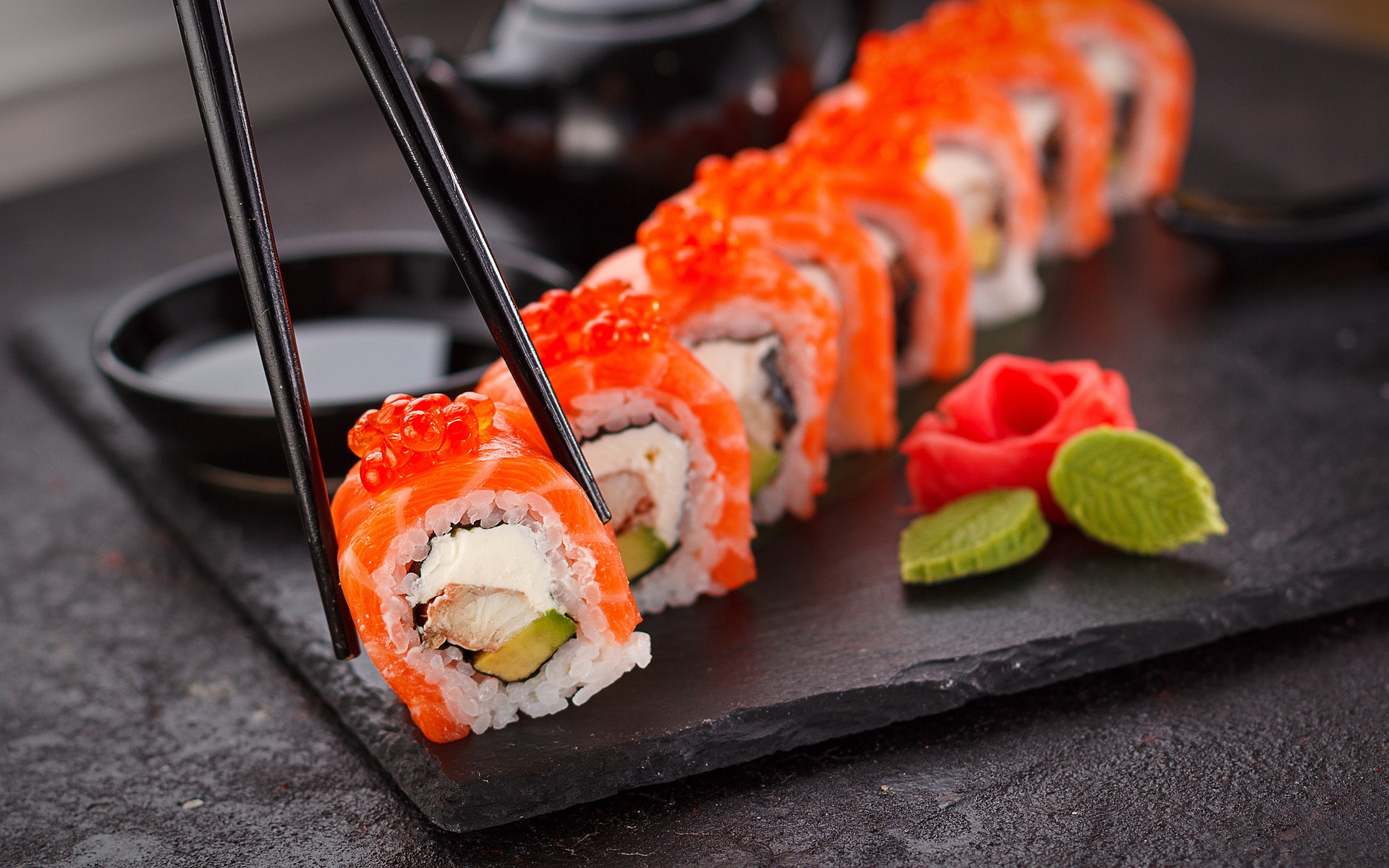Exploring the Intricacies of Sushi Etiquette
Delve into the fascinating world of sushi etiquette, where tradition meets modern dining habits. Discover the dos and don'ts that elevate your sushi dining experience. Read below to unravel the nuances of this beloved Japanese culinary art.

Sushi Etiquette Basics
Understanding the fundamentals of sushi etiquette enhances your dining experience: - Eating with Your Fingers: It’s perfectly acceptable to eat sushi with your fingers, especially nigiri sushi. Use chopsticks for sashimi and rolls. - Soy Sauce Usage: Dip sushi lightly into soy sauce fish-side down to avoid over-saturation. Never pour soy sauce directly onto rice. - Ginger and Wasabi: Use ginger to cleanse your palate between different types of sushi. Wasabi should be added to sushi by the chef unless served on the side. - Ordering and Eating: Order sushi in increments to maintain freshness. Eat sushi promptly once served to enjoy it at its best.
Respecting the Sushi Chef
Show respect to the sushi chef (itamae) for a more authentic experience: - Seating Position: If dining at the sushi bar, sit where you can directly interact with the chef. This allows you to appreciate their craftsmanship. - Trust the Chef: Consider ordering omakase, allowing the chef to select the freshest and best dishes based on seasonal availability and your preferences.
Modern Adaptations and Innovations
Sushi etiquette evolves with modern dining trends and innovations: - Sushi Rolls: While traditionalists may prefer nigiri and sashimi, sushi rolls (maki) offer creative combinations and are acceptable in contemporary settings. - Fusion Sushi: Embrace fusion sushi styles that blend traditional Japanese techniques with local ingredients, offering a unique dining experience.
Cultural Significance and Traditions
Understanding the cultural context enriches your appreciation of sushi: - Seasonal Ingredients: Traditional sushi reflects Japan’s seasonal bounty, emphasizing freshness and harmony with nature. - Social Dining: Sushi dining often fosters social interaction, where sharing plates and enjoying conversation are encouraged.
Enhancing Your Sushi Experience
Tips to enhance your overall sushi dining experience: - Explore Different Types: Try different types of sushi to appreciate the diversity of flavors and textures. - Visit Authentic Restaurants: Seek out authentic sushi restaurants with skilled chefs and a focus on quality ingredients.
Conclusion
Mastering sushi etiquette enhances not only your dining experience but also your appreciation for Japanese culinary traditions. By understanding the nuances of sushi etiquette, respecting the sushi chef, and embracing modern adaptations, you can elevate your sushi dining experience to new heights. Whether enjoying nigiri, sashimi, or innovative sushi rolls, each bite offers a taste of Japan’s rich cultural heritage and culinary craftsmanship.




